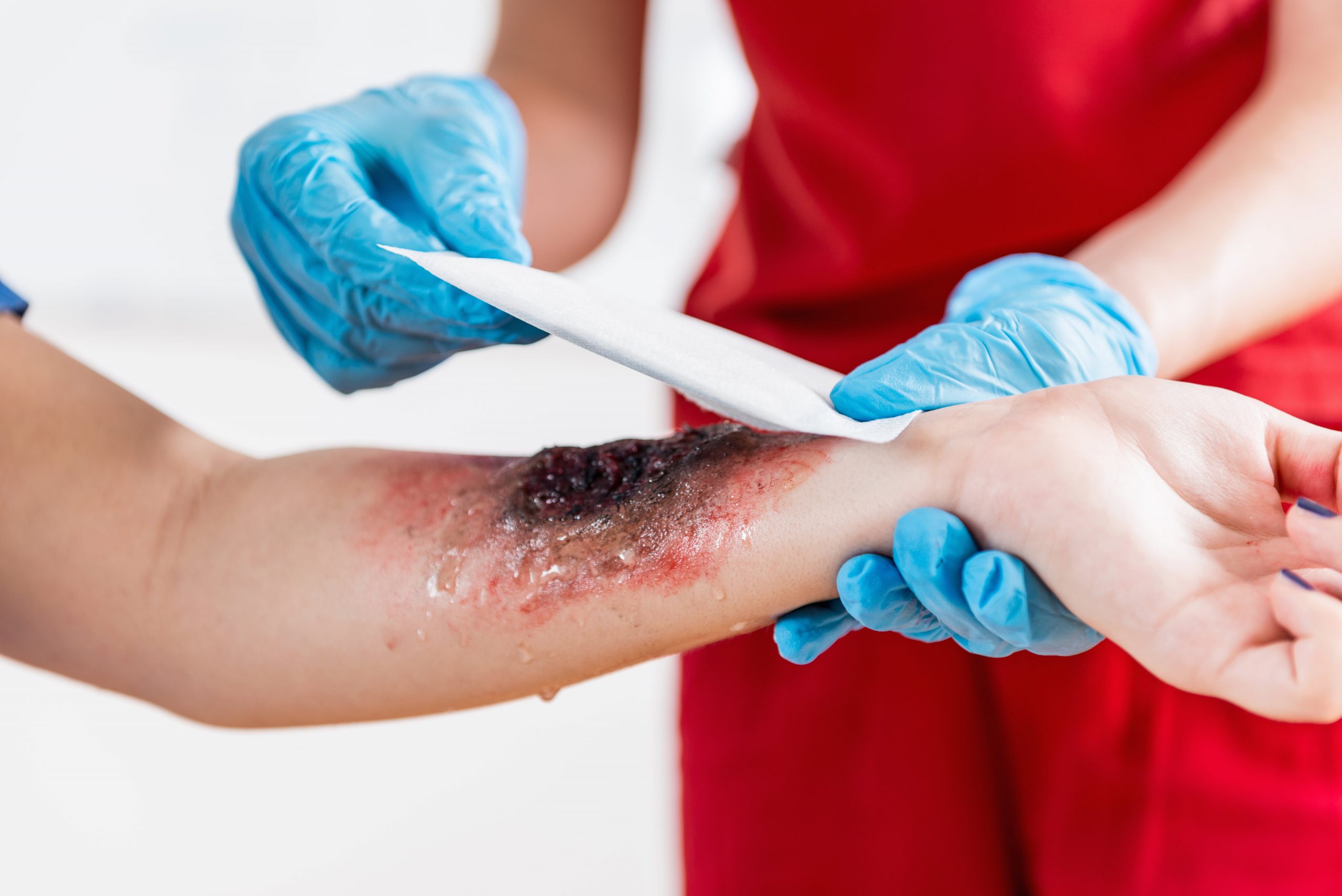
Burns can be a life-threatening medical condition. They cause your skin to lose heat quickly, potentially leading to hypothermia (low body temperature). Furthermore, the physical damage from burns leaves scars on the surface of your skin which may be disfiguring or incapacitating in nature.
Different types of burns exist. First-degree burns only damage the outer layer of your skin, usually healing without leaving scars behind. Second and third degree burns penetrate deeper into your skin, producing visible scars.
How to Treat Itching After a Burn
Itching after a burn can be an annoying issue for those affected by it. This may be caused by the healing process or because your skin’s oil glands have been damaged, preventing it from oil production and allowing your skin to get dry. There are various treatments available to address this problem.
Keep your skin moistened to reduce itching. Apply a moisturizer to the affected area two to three times a day, or opt for non-perfumed moisturizers like aloe vera cream or baby oil.
After a few days, you should begin to notice an improvement in the itching. However, if it persists, contact your doctor right away. Over-the-counter medications like acetaminophen or ibuprofen can be helpful for relieving this discomfort.
Maintain your wound by moisturizing it regularly and washing it daily to help avoid drying it out. Doing this can reduce the appearance of itching as well as reduce the risk of infection.
Massage and stretching can help soften your burn scar tissue and reduce itching. A therapist can assist in finding the most suitable type of massage for your particular burn scars.
Pressure garments, worn around the clock, can help relieve itching by providing gentle pressure on your scar. Your therapist will provide you with the garments necessary for your specific burn scar and provide instructions on how to use them effectively.
Custom inserts, which can be worn under gloves or bandages, increase pressure on your scar. This reduces itching and accelerates healing while providing protection for healing tissue.
Silicone gel treatments, composed of thin sheets of medical-grade silicone, can be applied over the affected area to soothe itching and dryness. This treatment can be done in-hospital or at home as prescribed by your therapist.
You may try other approaches to reduce itching from a burn, such as keeping the wound clean and dry, applying aloe vera cream or baby oils, and wearing a pressure garment. All of these will improve itching and accelerate healing after a burn; however, it’s best to consult your therapist first about which approach is most suitable for you.
Rehabilitative Therapy
If you have been diagnosed with a burn injury, your physician likely recommends rehabilitative therapy. This entails individual sessions with a therapist to help restore mobility and function while diminishing the appearance of scars.
A rehabilitative therapist will assess your injury and create a personalized treatment plan to help you regain mobility, reduce pain and inflammation, and enhance quality of life.
